Every action movie needs a good villain driving the epic fight choreography and main character story arcs. After all, without villains, there are no heroes. There are also tons of types of villains, and each has merit to their unique stories.
The variance in villain archetypes helps writers build unique stories. However, it also means that some villains are just better than others. In some cases, it’s because the villain is sympathetic and human. In other cases, the flat evil villain archetype can help create the perfect foil for your ultra-heroic main character. Building the right villain is a crucial part of creating a compelling narrative for an action film. Let’s look at 10 of the best villains from action movies.
For this list, we focused on finding villains that were highly memorable in their specific roles. The reasons they were memorable varied depending on what type of villain they were. We aimed to find villains across the whole spectrum of archetypes. Providing a wide array of memorable villains was important since we didn’t want the list to feel like a love letter to certain writing styles. We also wanted to choose villains from different types of action movies. Ensuring we had a good representation of the various styles of filmmaking was important. A lot of the information presented in this article is opinion-based. After all, the idea of “best” or “worst” is an opinion at the end of the day. (When you’re done with this list, check out the 20 best action films of all time.)
The Joker (“The Dark Knight”)
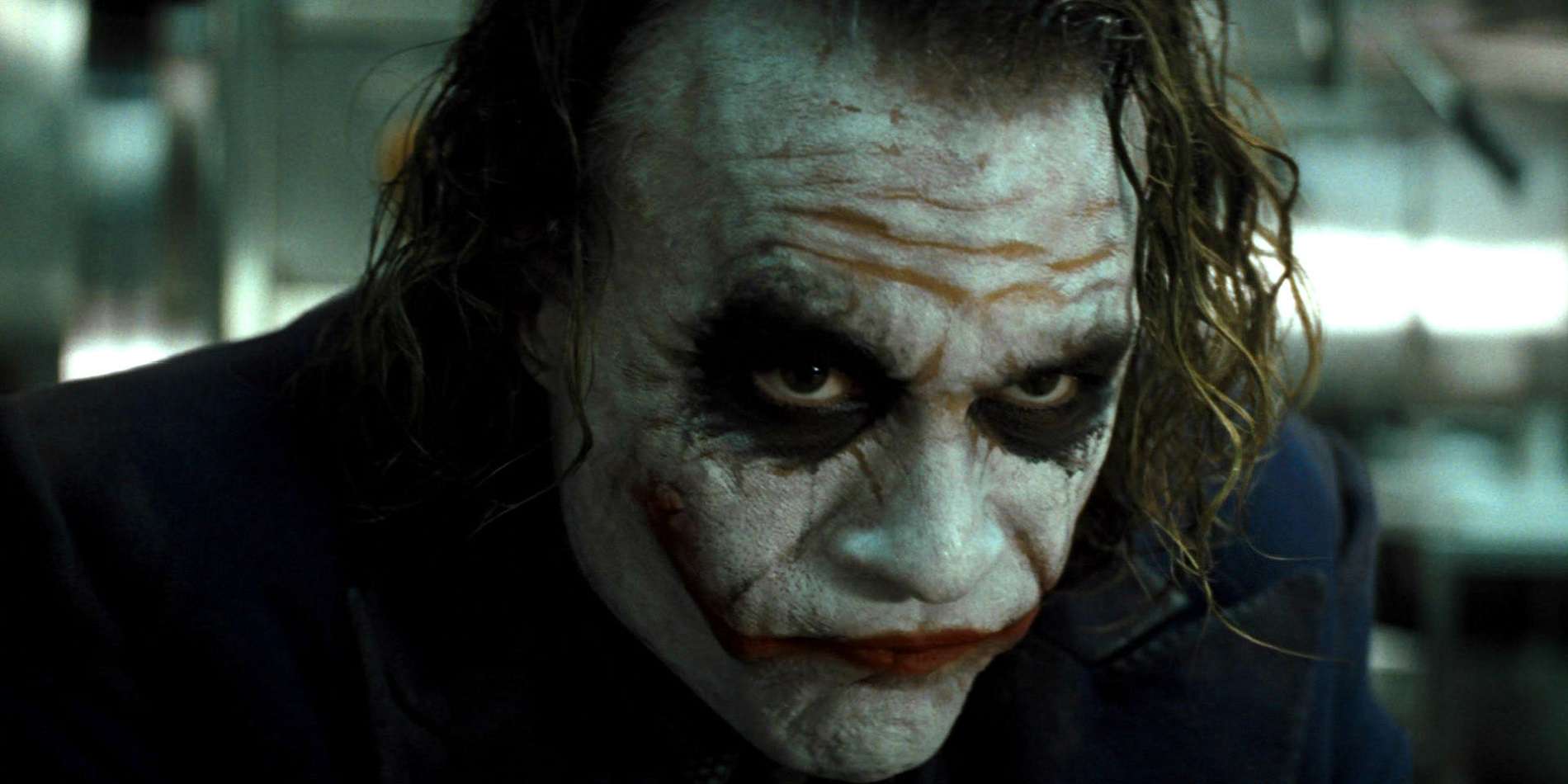
While Heath Ledger may not have lived to see this movie’s release, his portrayal of the Joker in the 2009 movie “The Dark Knight” remains one of the most iconic representations of the Joker in the Batman franchise. Some might even say that it is the portrayal when talking about the character. One of the primary features that makes the Joker—especially in “The Dark Knight”—such an iconic and important character is that rather than being a traditional villain with a dark backstory and an evil lair filled with high-tech gadgets for taking down the heroes, the Joker is a highly aggravated expression of a regular person who has become entirely disillusioned with society.
As the general populous becomes more and more disenchanted from the propaganda fed to us by society at large, the Joker becomes a more pivotal figure in modern media. His quest becomes easier to see in yourself the longer you go. The idea of a person so disillusioned with society that they decide to end it through violence has become more realistic.
The key to the Joker’s popularity as a villain is that people can identify with feeling disillusioned with society yet lacking the willpower to change it. Maybe they haven’t reached the level where they would act out violently and commit crimes simply to do so. However, it’s hard not to look at the world and sigh, and we can recognize that as the first step to becoming the Joker.
Additionally, most Batman fans understand that the Joker is an integral part of Batman’s identity. Without his archnemesis, Batman sort of ceases to exist. In an alternate universe, it would be easy to see the Joker as a Batman alter ego rather than an archnemesis.
Castor Troy (“Face/Off”)
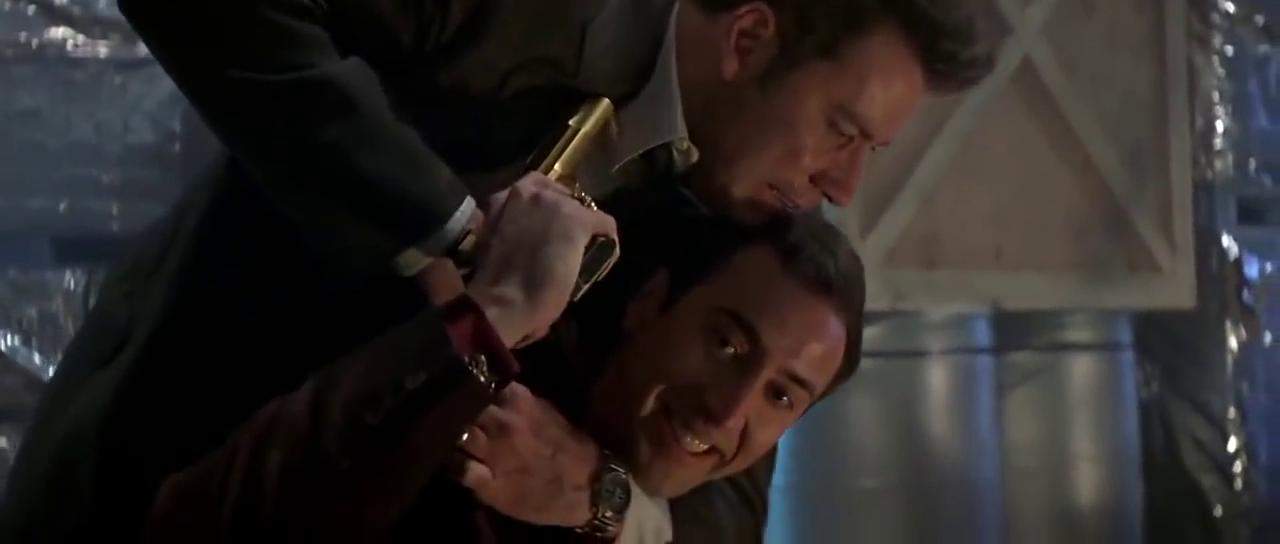
One of the things that makes Castor Troy from “Face/Off” so memorable is that he’s portrayed by two different actors in the same movie. In “Face/Off,” the main character, Sean Archer, played initially by John Travolta, undergoes an experimental, science-fictional surgery to physically swap faces with terrorist Castor Troy, initially played by Nicolas Cage. The dual identity factor makes the character of Castor Troy extremely memorable. He’s not just a Nicolas Cage character—a memorable factor to begin with—he’s also a Nicolas Cage character as portrayed by John Travolta.
Like many other Nicolas Cage characters, Castor Troy has a big personality. He’s absolutely unhinged and that makes him hard to forget. Castor is sycophantically obsessed with his younger brother and partner-in-crime, Pollux. He’s brilliant and ruthless, especially when it comes to realizing the dreams he shares with his brother. When Archer switches identities with Troy, we get to see Travolta’s take on Troy’s character as Castor tries to fill in the shoes of Sean Archer while also retaining his own identity as a villain.
Additionally, while “Face/Off” might not be the best movie of all time, it’s a highly memorable film, and part of that comes from its reliance on massive displays of over-the-top violence. Director John Woo, also known for “A Better Tomorrow,” is well known for his use of hyperkinetic violence. Rather than the typical blood and gore approach to hyper-violence, he uses stunning choreography and dynamic movement to create a more poetic violence that stands out from the crowd.
Bennett (“Commando”)

It’s impossible to have a list of action movies—any part of action movies, really—without including a few Arnold Schwarzenegger films. “Commando” is an excellent action movie that plays on some of the most crucial tropes in the action genre to weave a compelling narrative. Bennett is a former U.S. military servicemember, discharged for his excessive use of violence in the field. He kidnaps the main character John Matrix’s daughter and takes her hostage.
One of the most memorable parts of “Commando” is the pure 1980s campiness of it. The homoerotic tension between Matrix and Bennett is palpable, but especially prevalent for Bennett’s character. It’s hard to tell whether Bennett wants to kill Matrix or kiss him. This campy directing is one of the most vaunted features of the 1970s and 1980s filmmaking eras. It’s hard to hate a movie that’s just having so much fun with itself even when it’s trying to be serious.
Another great factor in Bennett’s character is just how much he loves being a bad guy. Unlike characters who are bad because of their circumstances, trauma, or simply because they have to be, Bennett is bad because he wants to be. Getting discharged from the Army isn’t that easy, especially for excessive violence. His motivations in the movie fall into a typical “flat evil” character. He’s a bad guy because he likes doing bad things. However, despite having pretty simple and stereotypical motivations, he retains an interesting and three-dimensional personality that will have you on the edge of your seat.
Agent Smith (“The Matrix”)

Another excellent presentation of a villain in an action movie is Agent Smith from the Matrix trilogy. Agent Smith is a unique villain in that he isn’t human at all, he’s a computer program within the Matrix designed by the Matrix to uphold its rules and values. His job is to prevent people from disrupting or leaving the framework of the Matrix. However, what makes him so memorable is how he begins to gain more humanity throughout the Matrix trilogy. While Smith starts off displaying mostly robotic traits, such as an unflinching sense of self-assuredness in his programming, as the story progresses, you see him facing more human emotions, such as doubt and fear.
In that sense, Smith’s robotic traits add to his character rather than detract from it. Often when a character isn’t “real,” it makes it hard for audiences to get attached to them. It doesn’t matter if the “fake” character is a friend or a foe, if they aren’t “real,” people are more likely to be hostile towards them. However, Smith’s “uncanny valley” traits tend to make him more interesting and likable, rather than making him seem strange and unrelatable.
Besides being an excellent cautionary tale against the misuse of artificial intelligence, a topic that is highly relevant in today’s society, it’s an amazing action film. It’s also a Keanu Reeves film, and he’s just a generally likable and agreeable guy as well as a stunning actor. The choreography and screenplay for “The Matrix” are incredible. They manage to be interesting visually and stimulating mentally without being overly violent or gory.
T-1000 (“Terminator 2: Judgement Day”)
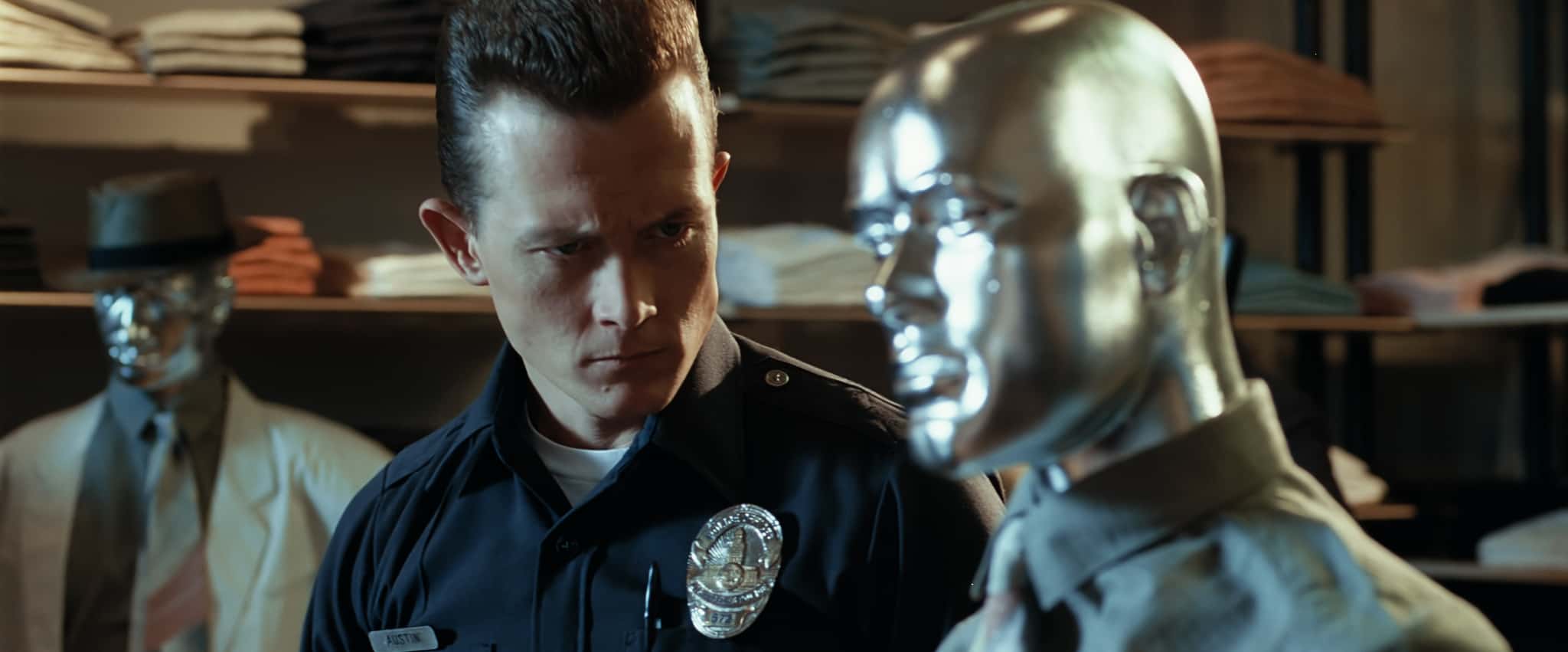
Let’s dive into another Arnold Schwarzenegger classic: “Terminator 2: Judgement Day,” the sequel to “The Terminator.” With a new Terminator movie, comes a new villain. The villain from “Terminator 2: Judgement Day” is T-1000, a shapeshifting Terminator prototype made of liquid metal. T-1000 is sent back in time to kill the leader of the human resistance forces while he is still a child. While the idea of killing a child might seem overtly evil and generally pretty awful, that’s what makes T-1000 such a great villain. T-1000 doesn’t see a child, an innocent life; he sees the enemy of his people in a completely robotic and inhuman way.
One of the best things about T-1000 is Robert Patrick’s incredible portrayal of him. Patrick does an excellent job of emphasizing T-1000’s lack of humanity without making him feel one-dimensional and flat. What we think many actors would have missed out on was ensuring that T-1000 retained his robotic identity, something he shares with the aforementioned Agent Smith. Even the best actors tend to struggle with roles that lack humanity. It’s hard for us to discard something so integral to who we are at a baseline, even for a temporary acting role.
Additionally, the Terminator franchise is another excellent and highly relevant commentary on the misuse of artificial intelligence and computers in general. It’s an all-around great watch, especially with its continually relevant message. It’s especially great if you want to see one of the best portrayals of a robot antagonist in the film world.
Predator (“Predator”)

“Predator” is another Schwarzenneger action movie that has cemented itself into the fabric of film history. The titular villain, Predator, is from a race of superhuman aliens that can turn invisible and track their prey by heat radiation. It’s a formula that hasn’t seen many copycats because it would be insanely difficult to outdo the original. “Predator” could have been a horrible design failure, and it almost was. Ultimately, the team’s choice to bring Stan Winston on as the special effects director is typically credited with “Predator’s” success in its visual design.
The original design for Predator was so bad that it almost ruined the movie outright. Star and hero of the movie, Schwarzenegger describes the original costume as looking “like a man in a lizard suit with the head of a duck.” Not exactly the stunning display that the Predator has today and certainly nowhere near as impressive or intimidating as the Predator we know. It doesn’t really suit the typical Schwarzenegger bad guy since it doesn’t have the same violent, flat evil kind of appearance.
Predator’s iconic appearance and unique hunting skillset make the character hard to ignore when it comes to action movies. Additionally, it’s a classic Schwarzenegger film that you will be watching if you’re interested in action movie history. The Stan Winston School has a mini-documentary about the making of “Predator.” We highly recommend it if you liked the movie as it gives an excellent glimpse into what went into classical special effects.
Bill (“Kill Bill”)
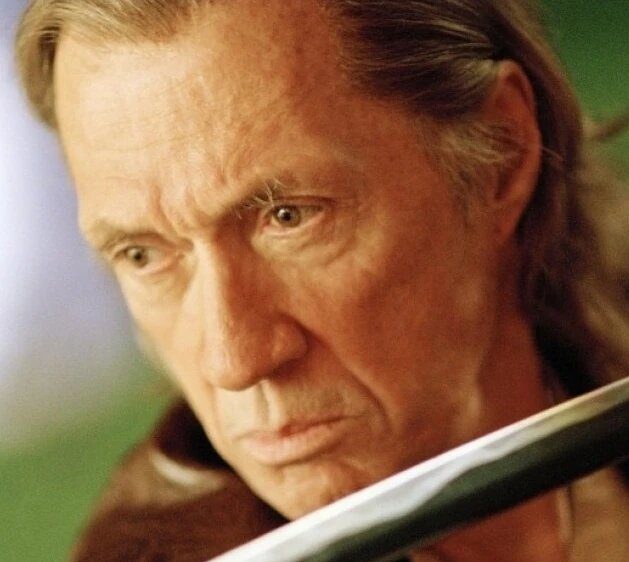
“Kill Bill” is an exceptionally fun, two-volume, American martial arts film. Martial arts films aren’t as common in America and most people in America are typically only familiar with “Crouching Tiger, Hidden Dragon” and “Ip Man,” if they know any Asian martial arts films at all. However, “Kill Bill” is an excellent American introduction to the world of martial arts if you’re looking for a starting point closer to home. It follows an assassin, The Bride, played by Uma Thurman, who awakens from a four-year coma and swears revenge on the group of assassins who betrayed her.
Bill is the primary antagonist of “Kill Bill,” as the name might suggest. He is a master swordsman and a pimp who trains his girls to be assassins that work under him. The Bride is not just an assassin or one of his girls, but also his best student, his prized pupil. He believes that she belongs to him, she is his possession. The whole “women are property” thing makes Bill extremely fun to hate and it helps us, as viewers, connect with The Bride by sharing her disdain for him.
Bill is an excellent villain because he’s easy to dislike. A villain doesn’t have to be sympathetic to be good. There’s a unique space for villains who just suck as people, too. However, Bill isn’t a flat slate. He believes that those who are assassinated deserve the chance to honorably defend themselves from assassination. While Bill shows himself to be an excellent warrior throughout the film, he is eventually felled by The Bride in a memorable scene where he checks his appearance and then casually walks away to allow himself to die from her strike.
Norman Stansfield (“Léon: The Professional”)

Another archetype of characters that is just exceptionally fun to hate is dirty cops. Cops have caught some reasonable flak lately about their behavior toward civilians, but dirty cops have been an excellent archetype for villains and anti-heroes for years. It’s easy to hate a character who does evil, but it’s even easier when a character is meant to stand for the good of all people but turns down the dark side. Enter Norman Stansfield, a corrupt, drug-addicted DEA agent who uses his DEA connections to sell drugs and kill people. Oh, and Gary Oldman plays him if that sweetens the pot for anyone.
The premise of “Léon: The Professional” is that Stansfield learns that there is a survivor to a family that he…released from the mortal coil. The 12-year-old survivor, Mathilda, is taken in by a professional assassin, Léon, who begins to teach her the skills of an assassin as she wants to avenge the murder of her 4-year-old brother.
Léon teaches Mathilda the ways of an assassin and rescues her from Stansfield several times. Eventually, he dies in battle, but not without taking Stansfield with him in a moment that is equal parts satisfying and emotional. The fact that Mathilda is an extremely likable character contrasts well with Stansfield’s extremely dislikable personality and behavior. Even Léon’s troubled and questionable behavior feels palatable when you compare him to Stansfield.
Blofeld (James Bond)
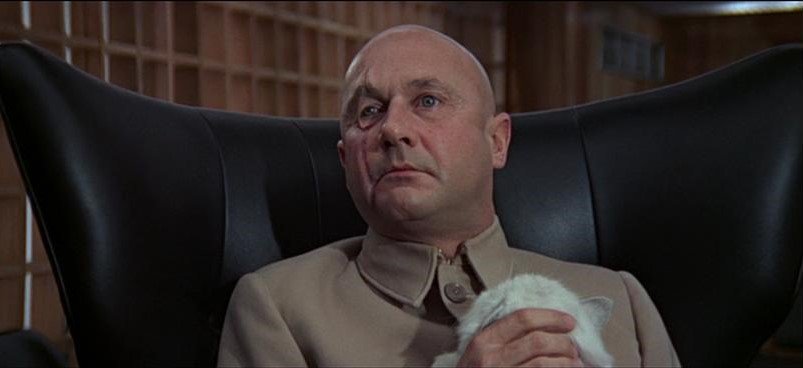
It would be unthinkable to write an article about action movies without mentioning James Bond. So, it’s a good thing that Blofeld is one of the most iconic action movie villains of all time. Blofeld is so iconic and famous that when Mike Myers made his satirical parody of the franchise, Austin Powers, he made his own comedic rendition of Blofeld, Dr. Evil. The original Blofeld is a criminal mastermind and the head of SPECTRE, a terrorist organization at odds with Bond’s MI6.
One of the things that makes Blofeld so iconic is his flexible agenda. He doesn’t just want to see one or two things happen. He’ll adjust his desires and agenda to suit the current situation best. Ultimately, Blofeld believes that the ends justify the means. So, he’ll do what it takes to realize his dreams. These factors make him a villain that the writers can easily bring into a new situation. They also give him a unique and interesting personality that you might not see in a more rigid villain.
Finally, Blofeld’s bald head, scarred eye, and pet cat make him visually distinct. You won’t see many villains like him unless they’re directly based on him, like Dr. Evil.
Hans Gruber (“Die Hard”)
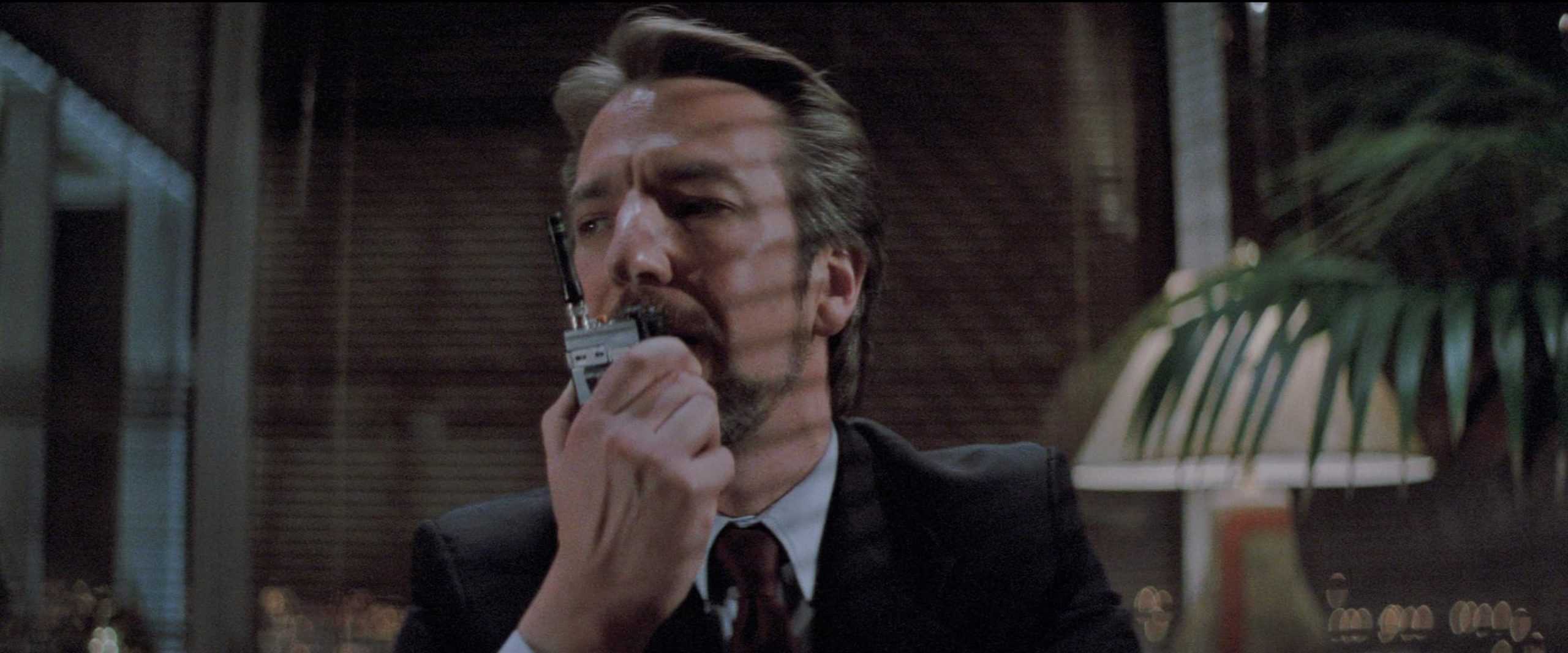
Whether or not you think “Die Hard” is a Christmas movie (it is), you can’t deny that Hans Gruber is an excellent villain. He’s a thieving mastermind that’s easy to hate but equally easy to like. As a former member of the Volksfrei terrorist organization, Hans is not just begrudgingly willing to kill, he’s wholly unafraid of the act of taking a life. He’s charismatic and short-tempered, the exact kind of guy I’d expect to see in one of my spicy dark romance novels.
In “Die Hard,” Gruber takes a plaza full of people hostage to try and steal $640 million in untraceable bearer bonds from the Nakatomi Corporation. Unbeknownst to Gruber, John McClane, an off-duty NYPD detective, is there in hopes of reconciling with his estranged wife who works at the company. Is it a little unrealistic that a single NYPD detective could take down a whole group of terrorists? A bit. However, if he couldn’t do it, he wouldn’t have been played by Bruce Willis.
His memorable charisma and frankly very narrow window of empathy (does he even really have one?) make him an unforgettable villain. Additionally, his suave behavior can make him quite the lady killer if you can look past the whole terrorism thing. Whether you are waiting to see him fail or get down on one knee, there’s one thing for sure: Hans Gruber left a mark on the world of action movie villains and we love him. (Speaking of assassins, here’s a look at the best assassin movies of all time.)